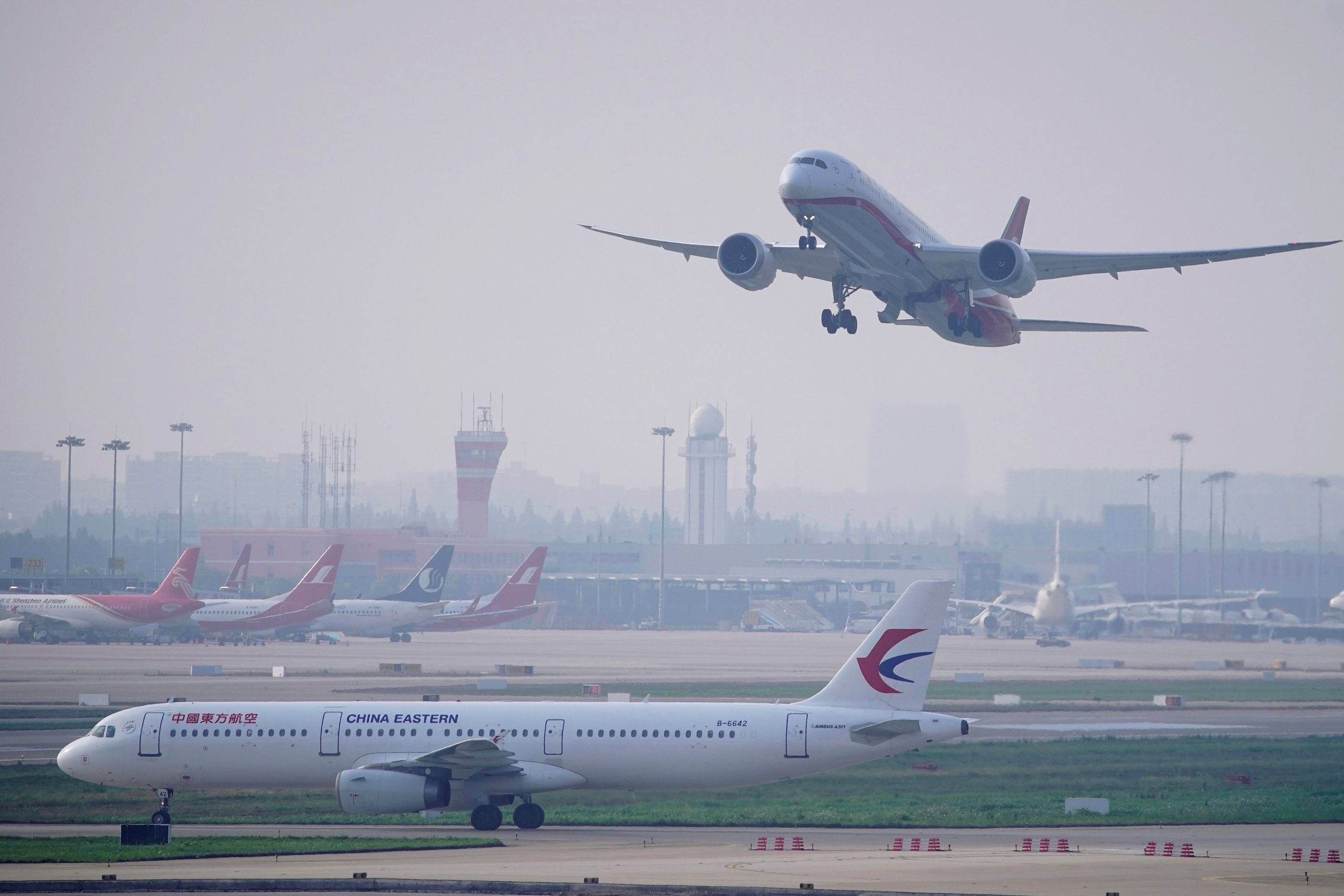- 16 May 2024
- 782
Economic Headwinds: How Airlines Adapt to Financial Challenges

In an era characterized by economic volatility and shifting market dynamics, airlines face a myriad of financial challenges. Factors such as fuel price fluctuations, geopolitical tensions, global health crises, and competitive pressures continually test the resilience of airline companies. In this article, we delve into the strategies employed by airlines to navigate through these economic headwinds, emphasizing adaptation and innovation in the face of adversity.
Fuel Price Volatility: A Major Concern

Fuel prices constitute a significant portion of airlines’ operating costs. The volatility in oil prices can significantly impact profitability, leading to operational challenges for airlines worldwide. Fluctuations in fuel prices are influenced by geopolitical factors, supply and demand dynamics, and market speculation. To mitigate the impact of fuel price volatility, airlines employ various strategies, including fuel hedging, fleet modernization, and operational efficiency measures.
Global Health Crises and Travel Restrictions
The outbreak of global health crises, such as the COVID-19 pandemic, has had a profound impact on the aviation industry. Travel restrictions, border closures, and reduced passenger demand have resulted in unprecedented financial losses for airlines. During such crises, airlines must swiftly adapt their business models to minimize losses and ensure long-term sustainability. Flexible ticketing policies, capacity adjustments, cost-cutting measures, and government support are some strategies adopted by airlines to weather the storm during health crises.
Competitive Pressures and Market Dynamics
The airline industry is inherently competitive, with airlines vying for market share and passenger loyalty. Intense competition often leads to pricing wars, eroding profit margins for airlines. Moreover, the emergence of low-cost carriers (LCCs) has disrupted traditional Financial Challenges airline business models, forcing legacy carriers to reevaluate their strategies. To remain competitive, airlines focus on enhancing customer experience, optimizing route networks, and leveraging technology to streamline operations and reduce costs.
Environmental Sustainability Imperatives
Environmental sustainability has emerged as a critical concern for airlines amid growing awareness of climate change and carbon emissions. Regulatory bodies and consumers increasingly demand environmentally friendly practices from airlines. To address these concerns, airlines invest in fuel-efficient aircraft, implement carbon offset programs, and explore alternative fuels. Balancing environmental sustainability with economic viability presents a significant challenge for airlines, requiring innovative solutions and industry collaboration.
Financial Performance: Analysis and Comparison
| Metrics | Airline A | Airline B | Airline C |
|---|---|---|---|
| Revenue (USD billions) | $XX.XX | $XX.XX | $XX.XX |
| Operating Income | $XX.XX | $XX.XX | $XX.XX |
| Net Profit | $XX.XX | $XX.XX | $XX.XX |
| Passenger Load Factor | XX% | XX% | XX% |
| Fleet Size | XX aircraft | XX aircraft | XX aircraft |
| Market Share (%) | XX% | XX% | XX% |
Conclusion
In conclusion, navigating through economic headwinds remains a perpetual Financial Challenges challenge for airlines. From fuel price volatility to global health crises and competitive pressures, airlines must continually adapt and innovate to ensure financial stability and long-term success. By employing strategic measures such as fuel hedging, operational efficiency improvements, and customer-centric initiatives, airlines can mitigate financial risks and thrive in an ever-changing economic landscape. However, achieving sustainable growth and profitability requires a multifaceted approach that balances economic imperatives with environmental sustainability and customer satisfaction. As the airline industry evolves, proactive adaptation to economic challenges will remain paramount for airlines seeking to remain competitive and resilient in the face of uncertainty.

